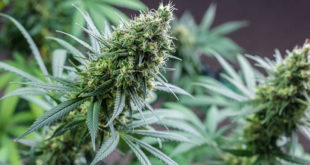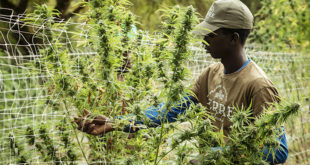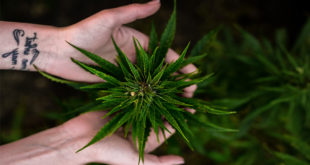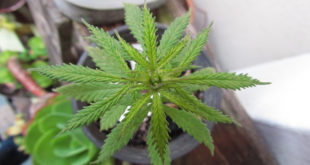
Retail marijuana prices in Alaska are starting to align with black market prices. Some attribute the price drop to the state having more licensed cultivators. Some cultivators fear that prices will drop too low for them to cover their expenses though.
A year ago, eighths were selling from between $60 and $88, Anchorage Daily News reports. Last week, about 32 recreational retailers around the state listed prices ranging from $30 to $80 per eighth. The average price between 19 retailers on April 19 was about $43 per eighth.
Jordan Huss of Great Northern Cannabis said, “There’s definitely a lot more product on the market, but I believe that if you have a top-shelf product, you can still demand a higher price.”
Prices remain slightly higher in Anchorage compared to Fairbanks and Juneau. Juneau retailers pay 3-percent more in excise taxes than the 5-percent charged to Anchorage and Fairbanks retailers.
Industry experts estimate that an ounce selling on the black market goes for about $200, and eighths in urban areas sell for around $40. Black market prices in rural areas may get as high as $150 per eighth, simply due to the location.
Leif Abel of Greatland Ganja said, “A year ago, I didn’t have enough product to serve everybody and I ran out, and I was getting bombarded. Now, it’s the other way around.”
The number of cultivators grew drastically as about a year ago, only 29 paid taxes and by March of this year, 90 cultivators paid taxes.
The state reports that there are now 124 licensed cultivators and 56 licensed recreational marijuana retailers that have received necessary approvals to begin operations.
Fairbanks cultivator, Leslea Nunley says that a year ago, prices per pound were between $4,200 and $5,800. This year, they’re averaging between $3,800 and $4,000.
Nunley said, “You have to go pitch your product.”
The price, according to Nunley, has a lot to do with the THC percentage of the strains.
Brandon Emmett of the Marijuana Control Board said, “Alaskans have an obsession with marijuana that tests over 20 percent (THC).”
Manufacturers often use trim and flower that cultivators are having trouble selling to make other products such as concentrates.
Emmett said, “If someone’s bud doesn’t’ test over 20 percent, there’s so much out there now that’s below 20 (percent) that a lot of these guys, they can’t sell it.”
Industry experts say that there’s more to consider than just the THC percentage. Each strain is unique in its terpene and cannabinoid profile – which contribute greatly to the quality of the strain.
Huss said, “People are generally shopping based on potency, which I think is kind of missing the boat.”
Prices are expected to drop more. Many cultivators are still working to recover their initial investment costs, adjust their cultivation methods and keep up with paying their taxes – which has been a contributing factor of the high prices.
 Alaska Marijuana | AK Marijuana Alaska Marijuana Info And News
Alaska Marijuana | AK Marijuana Alaska Marijuana Info And News





